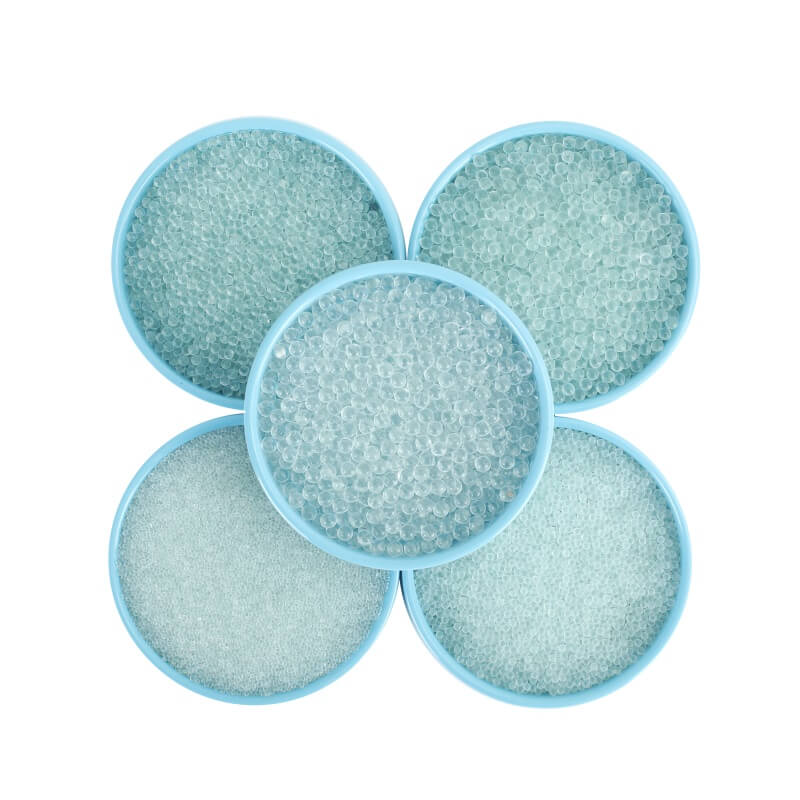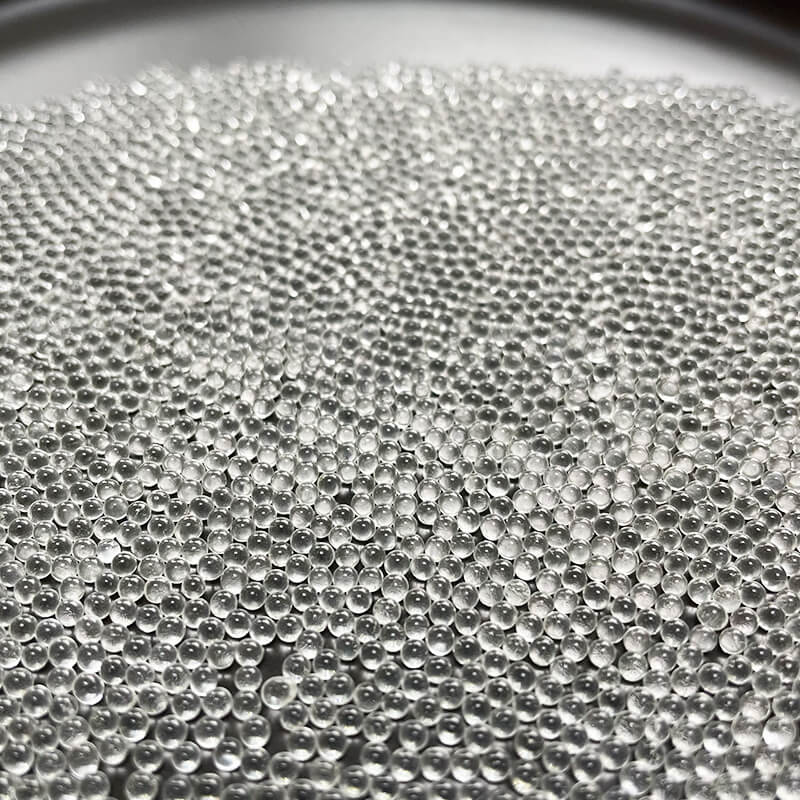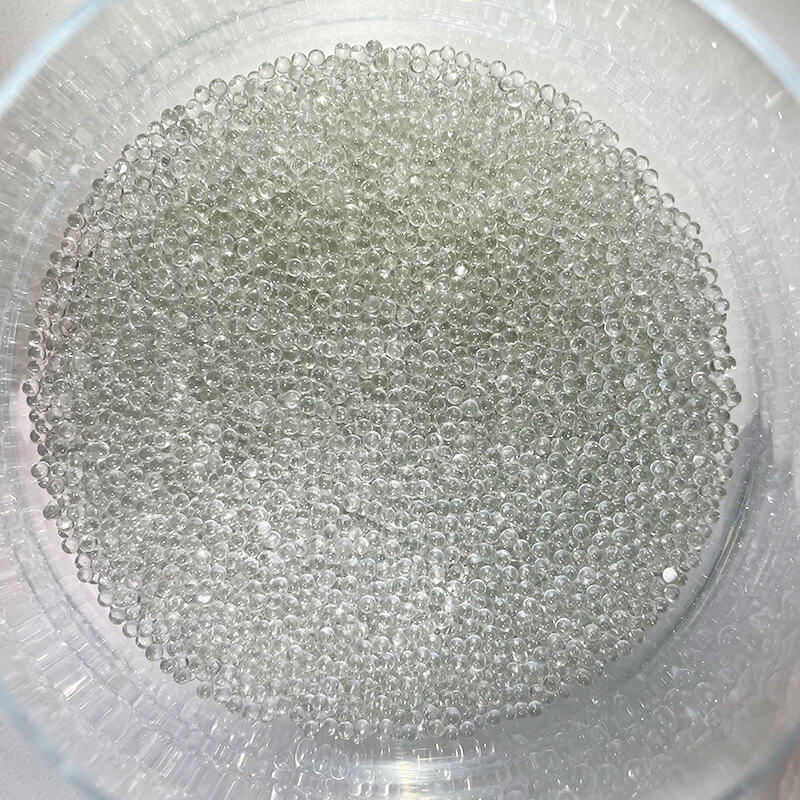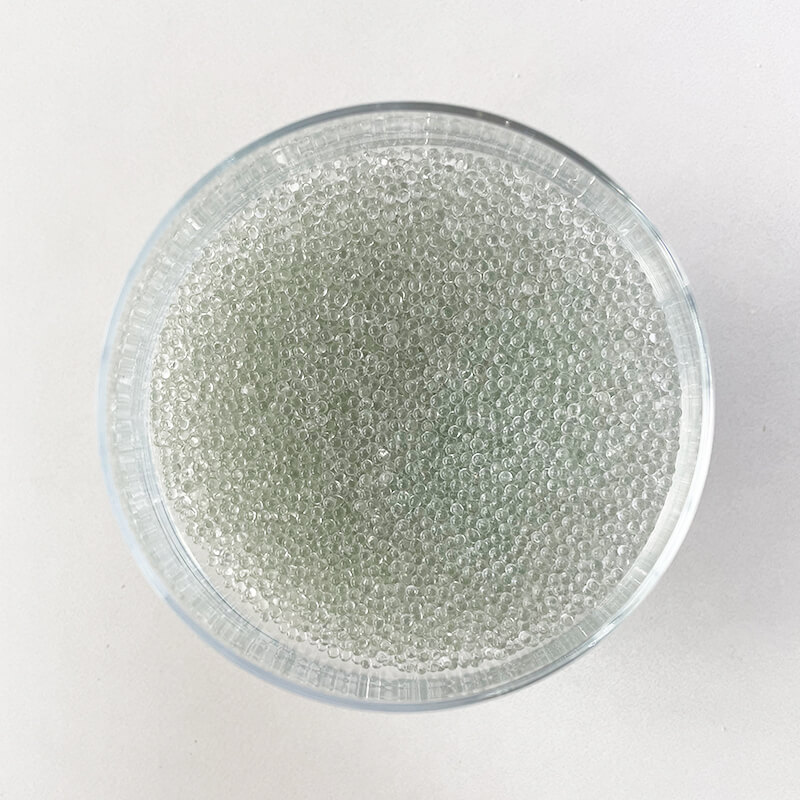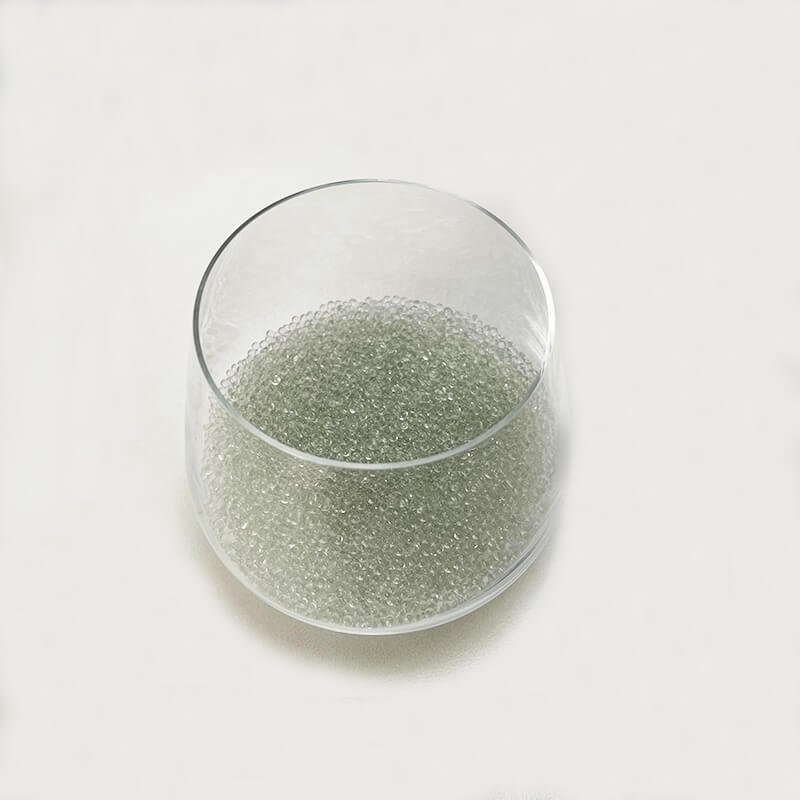
Size: | 10-20 mesh,20-40 mesh,30-50 mesh,60 mesh,80 mesh,100 mesh,150 mesh,200,mesh,320 mesh |
Colour: | white |
Refractive Index: | 1.51~1.52 |
Density: | 2.5±0.01 g/cm³ |
Compressive Strength: | 700-850Mpa |
Model specific gravity: | 0.2,0.25,0.4,0.6mm |
Composition: | Borosilicate raw material |
Appearance: | Tiny hollow glass sphere,smooth, round, transparent glass, no impurities |
Mohs hardness: | 6-7 Mohs |
Bulk density: | 1.5 g / cm3 |
Rockwell hardness: | 48-52 HRC |
Application: | It is applied to the derusting of aerospace machinery, the night reflection of zebra crossing, no stop line and double yellow line of urban traffic roads, and the night reflection device of traffic signs |
Features: | 1. Glass bead is a kind of hollow glass sphere with small size, which belongs to inorganic non-metallic material. 2. Light specific gravity and large volume. 3. Organic modified (lipophilic) surface. 4. High dispersion and good liquidity. 5. Low heat insulation, sound insulation, insulation and water absorption. 6. Low oil absorption rate. |
Characteristic: | 1. Low price; 2. Enhance the toughness of plastics without reducing its own stiffness; 3. High melting point, which can improve the flame retardant performance and Vicat softening point of the filler; |




